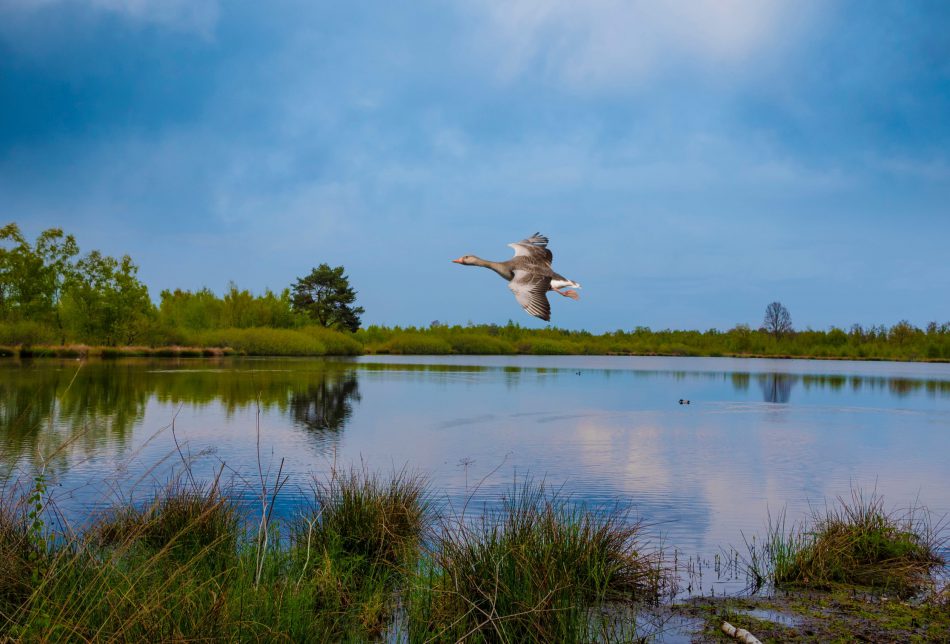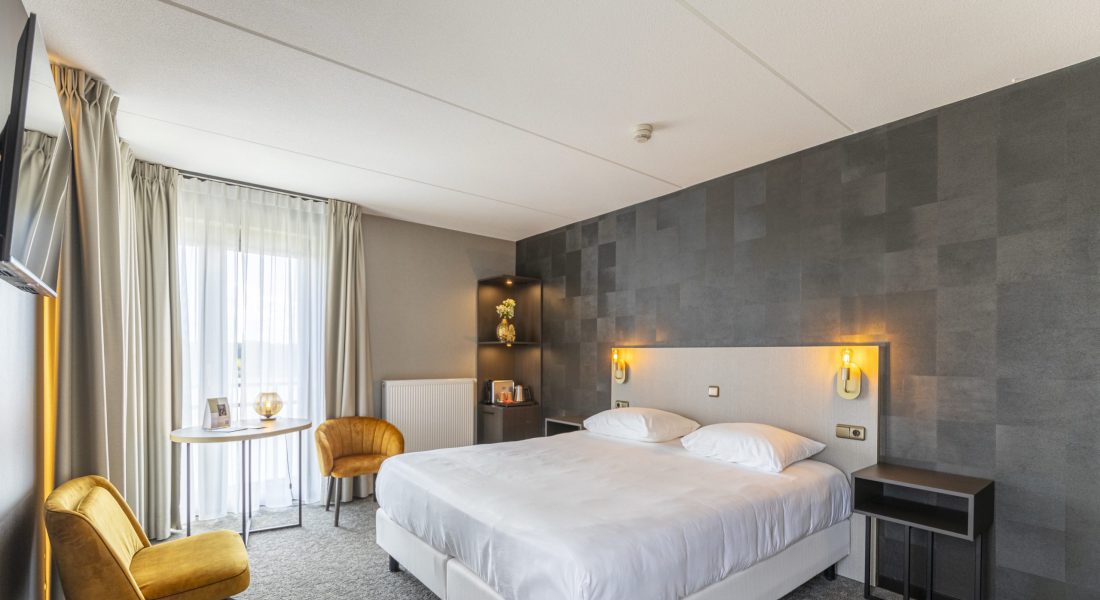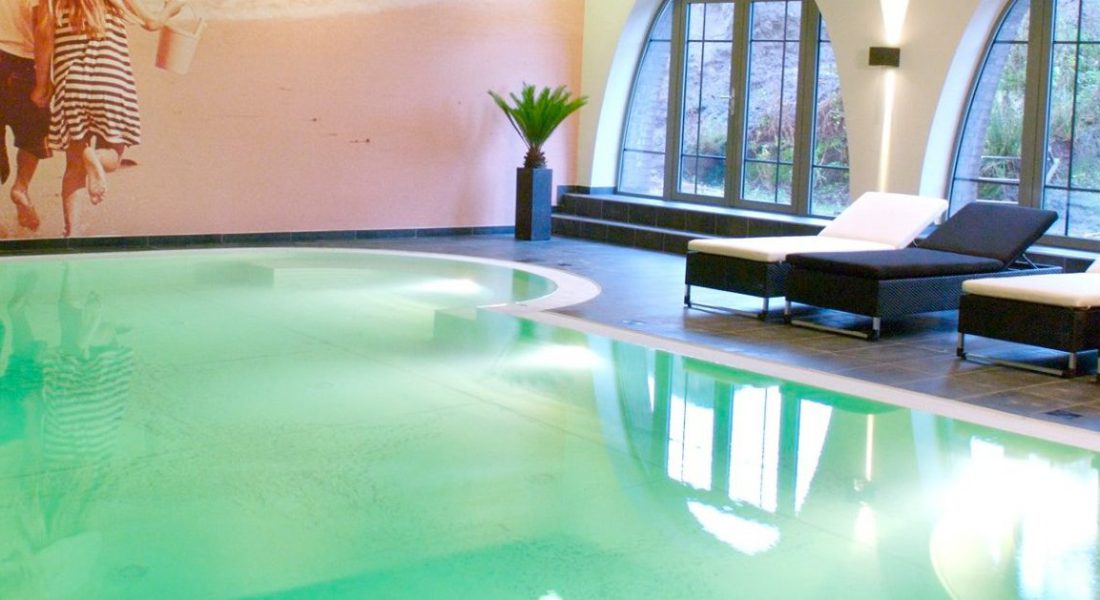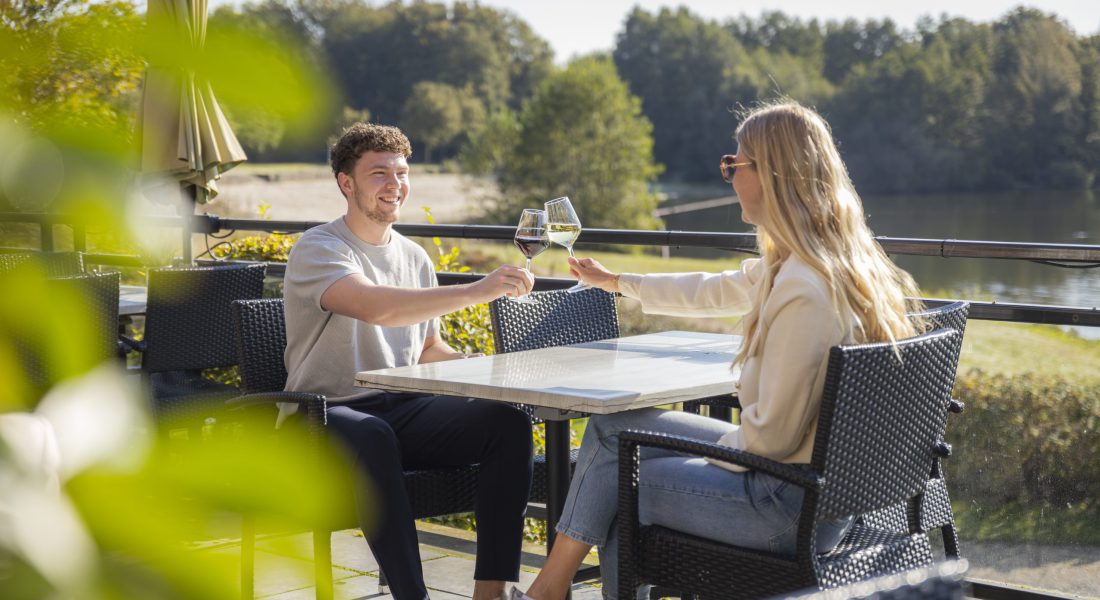The Maasduinen
Dunes in Limburg, that’s not something you’d expect. The ‘Maasduinen’ are indeed river dunes. These dunes along the Maas river are almost all covered with forests. Afforestation was the only way to protect the surrounding fields and pastures from drifting sand. The result is a rolling ribbon of dunes, wild forests, patches of heath, fields, drifting sands, and glistening ponds along the eastern bank of the river. ‘Staatsbosbeheer’ manages the ‘Bergerbos’ and ‘Bleijenbeek’ in the northern part of this national park.
Hiking and cycling routes
To explore the area, you can choose from a variety of hiking trails. The ‘Maasduinen’ were formed at the end of the last ice age, when the Rhine and Maas rivers left behind large quantities of sand and clay in this area. During dry periods, the westerly wind blew the river sand into drifting dunes. Even though they are not as long as the dune belt along the North Sea, these river dunes are no less impressive than those on the other side of the country. In the undulating landscape, large hills sometimes suddenly emerge.
The Bergerbos and Bleijenbeek
The Bergerbos and Bleijenbeek form the northern part of the ‘Maasduinen National Park’. In Afferden, ‘Staatsbosbeheer’ has laid out an eight-kilometer route through the ‘Bergerbos’. This route takes you across the rolling river dunes, alternately through coniferous and deciduous forests, and past tranquil ponds such as the ‘Zevenboomsven’ and the ‘Esven’. Moreover, Scottish Highlanders and Dutch land goats are used here to graze the heathland.
Additional information
Particularly noteworthy are the large quantities of gray haircap moss that grow here. This dark green leaf moss is better known as ‘tank moss’ and arrived in the Netherlands between the tracks of the Allied tanks that liberated the southern part of our country in 1944. Furthermore, in the area you’ll also find the ruins of ‘Bleijenbeek Castle’. This fortified farmhouse from the 14th century evolved into a castle. In 1945, ‘Bleijenbeek’ fell victim to bombing. A colony of bats now inhabits the ruins. The name of the former castle comes from ‘blije,’ meaning clear stream.








